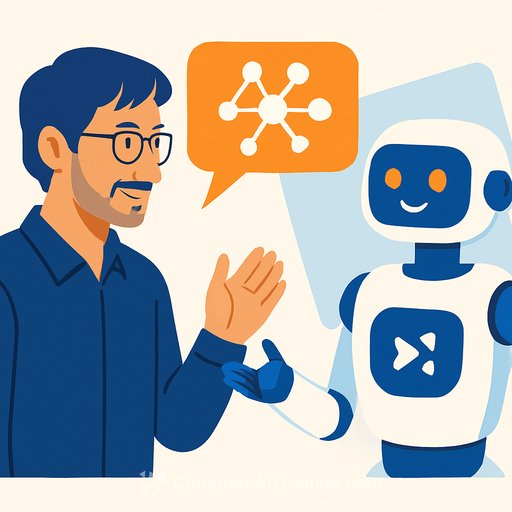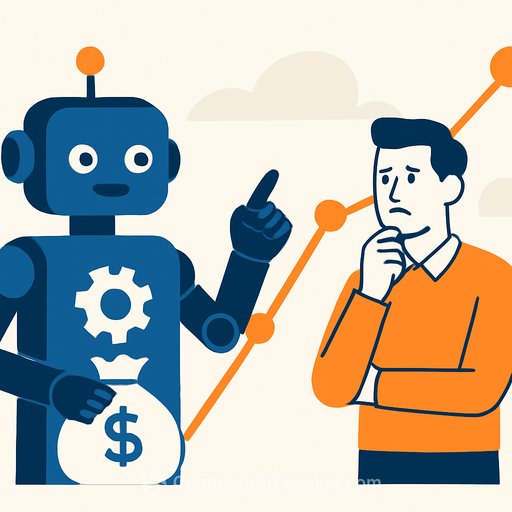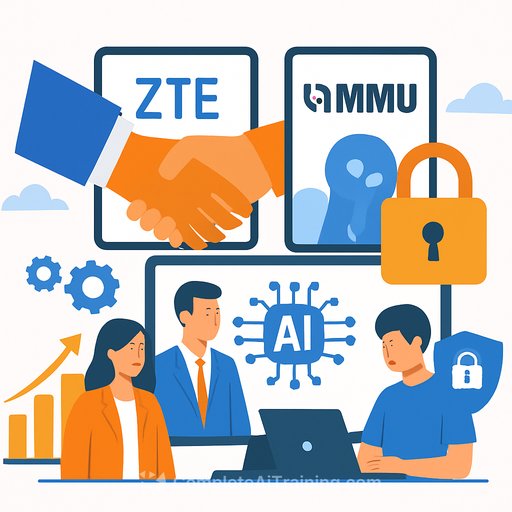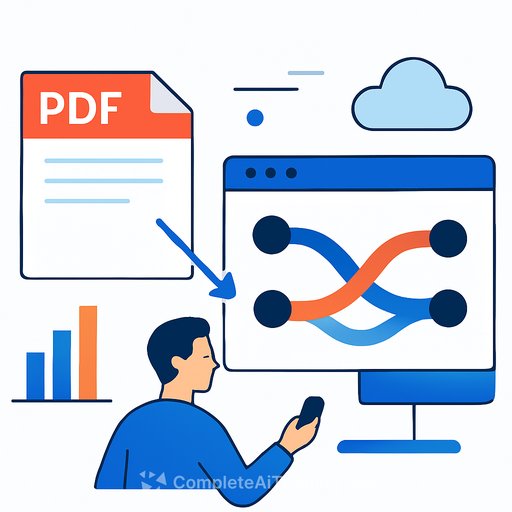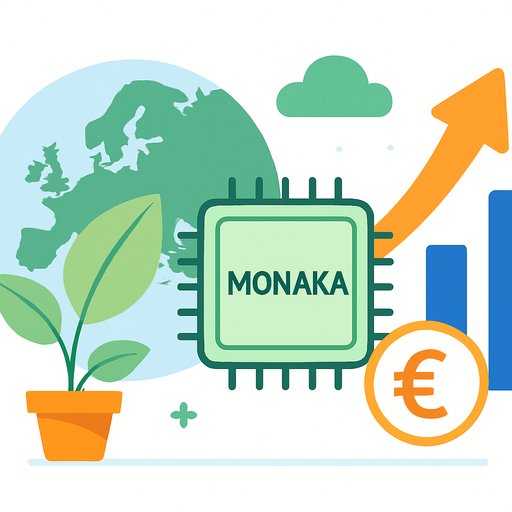Hideo Kojima: AI is a "friend" that speeds up game development, not a threat
Hideo Kojima sees AI as a collaborator. His stance is simple: humans lead the creative direction, AI trims the time and cost on repetitive work.
In an interview with Wired Japan, he put it plainly: "A lot of people use AI in creative work to come up with ideas. But I think of AI as more of a friend… I would lead the creative part and use AI to boost efficiency."
Why this matters for engineering and content teams
- Studios are already deploying AI at scale. A mid-2024 survey reported 32% of CESA member companies using AI for in-house engines, visual assets, text generation, and programming tasks.
- Publishers like Activision, Level-5, and Capcom have acknowledged AI across pipelines ranging from upscaling to code assistance.
- The takeaway: AI isn't replacing direction or taste. It's reducing cycle time and headcount pressure on grind-heavy tasks.
What Kojima is actually advocating
Kojima frames AI as co-creation with clear ownership of vision. "I'd like AI to handle the tedious tasks. That would lower the cost and cut down on time… I see a future where I stay one step ahead, creating together with AI."
That means treat AI like a production multiplier for animation cleanup, motion-capture processing, and NPC behaviors-while keeping story, systems design, and art direction firmly human-led.
Proven use case: ML-assisted character scanning
During Death Stranding 2: On the Beach, Kojima Productions used machine learning to scan actors like Elle Fanning and Shioli Kutsuna for digital doubles. The result hit high visual fidelity, though Kojima called it "okay" and wants more realism next time.
His note on the process: "We scanned and we made a rig, an AI machine learning rig… We took so much time… Looking back, I think it's okay. But my next project, I think I want to make it more realistic."
High-impact tasks to offload to AI right now
- Animation: retargeting, smoothing, footfall fixes, curve cleanup.
- Motion capture: markerless tracking, noise reduction, batch processing.
- NPC systems: behavior trees/state machines prototyping, bark variations, crowd logic.
- Art pipeline: upscaling, denoising, material prediction, auto-LOD suggestions.
- Programming: codegen for glue code, test scaffolding, static analysis, refactor hints.
- Narrative ops: placeholder dialog, quest text variants, localized drafts for review.
- QA assist: bug triage summaries, duplicate detection, log analysis.
Practical workflow: human leads, AI accelerates
- Write a tight brief: constraints, references, acceptance criteria. No open-ended prompts.
- Define guardrails: style guides, content filters, licensed datasets, project taxonomy.
- Pick the right tool per stage: generative models for drafts, discriminative models for checks.
- Automate the handoffs: integrate into DCCs, Perforce/Git hooks, CI for batch jobs.
- Review loop: human approvals at key gates (T-pose to final rig, graybox to gold).
- Version and audit: prompt configs, model versions, seeds, and training sources.
- Track ROI: time saved per task, error rates, rework hours, GPU spend.
Risks and how to keep control
- IP and licensing: restrict training data, log sources, and document rights for reused assets.
- Quality drift: lock model versions per milestone, run diff checks on outputs.
- Over-automation: keep creative sign-off with leads; use AI for options, not decisions.
- Team morale: re-skill instead of replace-rotate artists and engineers into AI-assisted roles.
- Security: isolate model endpoints, scrub PII, and gate external API calls.
Quick checklist for studios
- Pick 3 tedious tasks to automate within 60 days; baseline today's cycle time.
- Stand up a small "AI ops" squad: 1 producer, 1 tools engineer, 1 artist, 1 designer.
- Create redlines for AI use (no final VO, no live-ops without human QA, etc.).
- Ship an internal pilot, measure deltas, then scale to adjacent pipelines.
Kojima's message cuts through the noise: AI should clear the runway for human creativity, not direct the plane. Keep vision and taste with people, use models to grind the backlog, and make better games faster.
Further learning
Your membership also unlocks:

